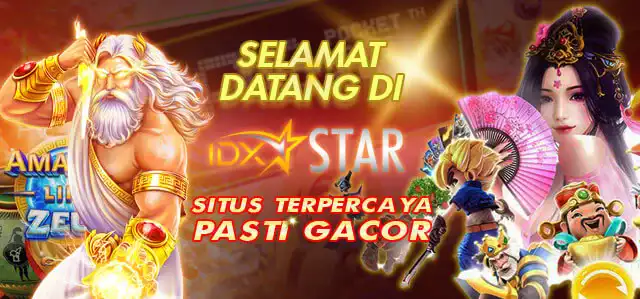1
/
of
1
Slot Gacor Nexus
IDXSTAR: Situs Slot Gacor Terbaru Nexus Gampang Maxwin Hari Ini
IDXSTAR: Situs Slot Gacor Terbaru Nexus Gampang Maxwin Hari Ini
Regular price
Rp 10.000,00 IDR
Regular price
Sale price
Rp 10.000,00 IDR
Unit price
/
per

IDXSTAR adalah situs judi slot gacor terbaru di Indonesia dengan menawarkan pengalaman bermain terbaru dengan server slot nexus engin gampang maxwin hingga x500.
Couldn't load pickup availability
Share


